To Market, To Market: Janet Stevens
The fifties-looking Ideal Market is actually the market Stevens often shops at, and it was purely by chance that Stevens represented it photographically. Her market shots and those she took of her kitchen were only meant to act as reference materials for her paintings—taken with what she describes as her very unprofessional camera. But when she scanned and enlarged the black-and-white photographs to better see their details, she preferred them beside her characters. (Years later, Mo Willems would have a similar epiphany while making Knuffle Bunny: a Cautionary Tale.)
Stevens says using photographs took longer than painting the artwork in the traditional way, because it was all so new to her. Some might mistake Stevens’ illustrations for digital collage, but Stevens describes herself as pretty much computer illiterate at the time. By hand, the many product names captured in her images had to be obscured or renamed, and other brands were painted out completely. Ideal gave Stevens permission to use the images of the store and their signage, and everyone celebrated the book's release with an in-market, book signing. But creating it, she says, was difficult, and she shares with me how it all came together:
I painted the characters onto illustration board in acrylic paint, then traced around the painted forms on tracing paper. Next, I placed the tracing paper with the outline of the colored image on a light box then put the photocopy on top. I could see where the characters' outlines would be in relationship to the black and white background. Then I cut along the outline on the black and white print with an X-Acto knife. Then I was able to remove the exterior black and white surrounding background and glue it around the edges of the color painted image on the board. I also cut out small pieces of pots, pans, cans, and other objects from the B+W print and glued them on independently of the outline. I also skewed the backgrounds a bit by cutting and gluing them on in a lopsided way to create a more crazy feeling.
I asked Miranda if she was surprised by Janet’s results:
So, was I surprised…YES! I imagined a medieval setting for the story, with a young boy, a page, as the shopper. When I got the proofs, I nearly fell out of my chair. Not only was the art nothing like the movie going on in my head, the main character was the spitting image of my paternal grandmother. I thought Janet had psychic powers. I may have turned white. After getting over the shock, I must say, I fell in love with her illustrations…you can’t really tell how intricate and labor-intensive the illustrations are until you see one in the flesh…Brilliant.
The woman was actually modeled after Coleen Salley who was a renowned story teller and professor of children’s literature. Stevens sent Salley a disposable camera for a 90s version of selfies, and the painted character grew from there. With great admiration, she admits that at her New Orleans book signing on Salley’s home turf, more lined up for Salley’s signature than that of her own. (Salley went on to author many projects with Stevens as her illustrator.)
Today, Stevens’ passion is still painting. Photoshop makes her process easier, and photo elements still find their way into some of her many memorable projects (And the Dish Ran Away With The Spoon, My Big Dog, Find a Cow Now!, and Cook-a-Doodle-Doo!) For almost a decade, Stevens has partnered with another near and dear author, Susan Stevens Crummel. Enough of their books have come to market, to market to prove that when these sisters share a kitchen, they really cook.
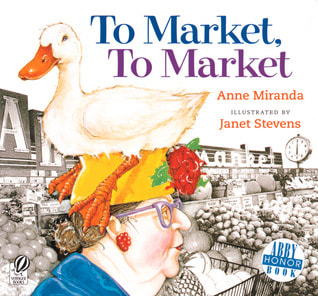
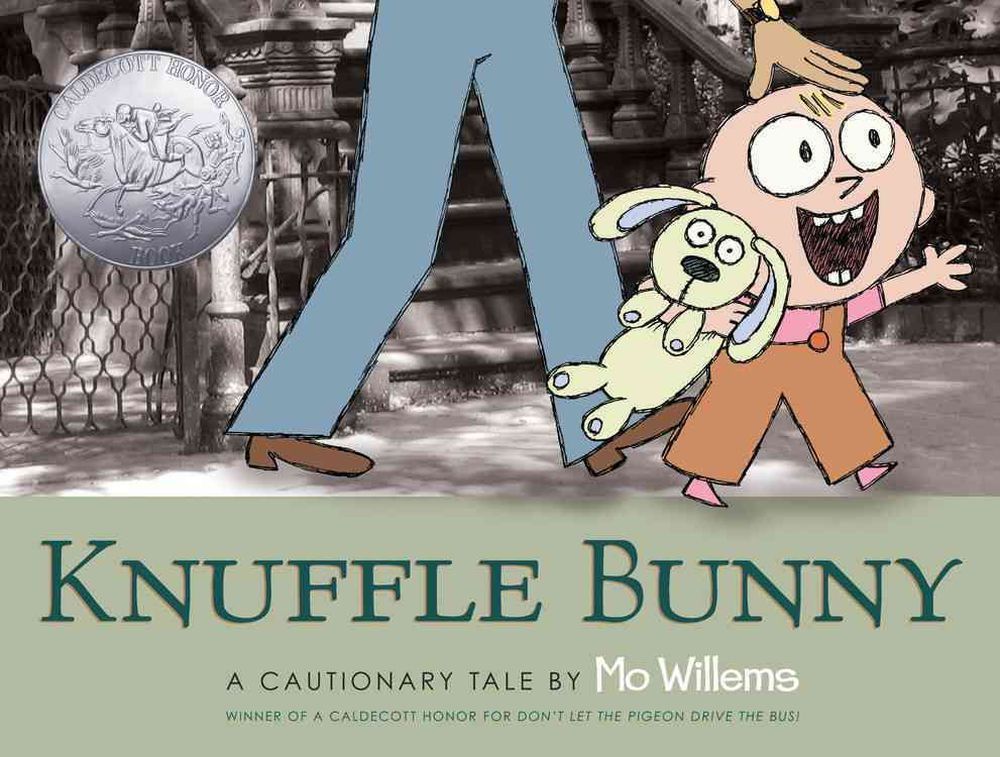
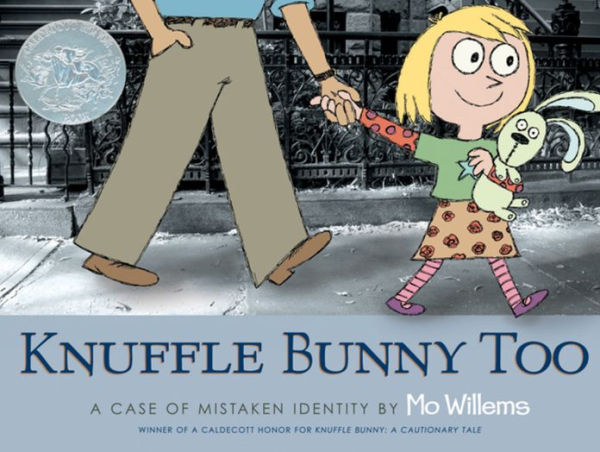
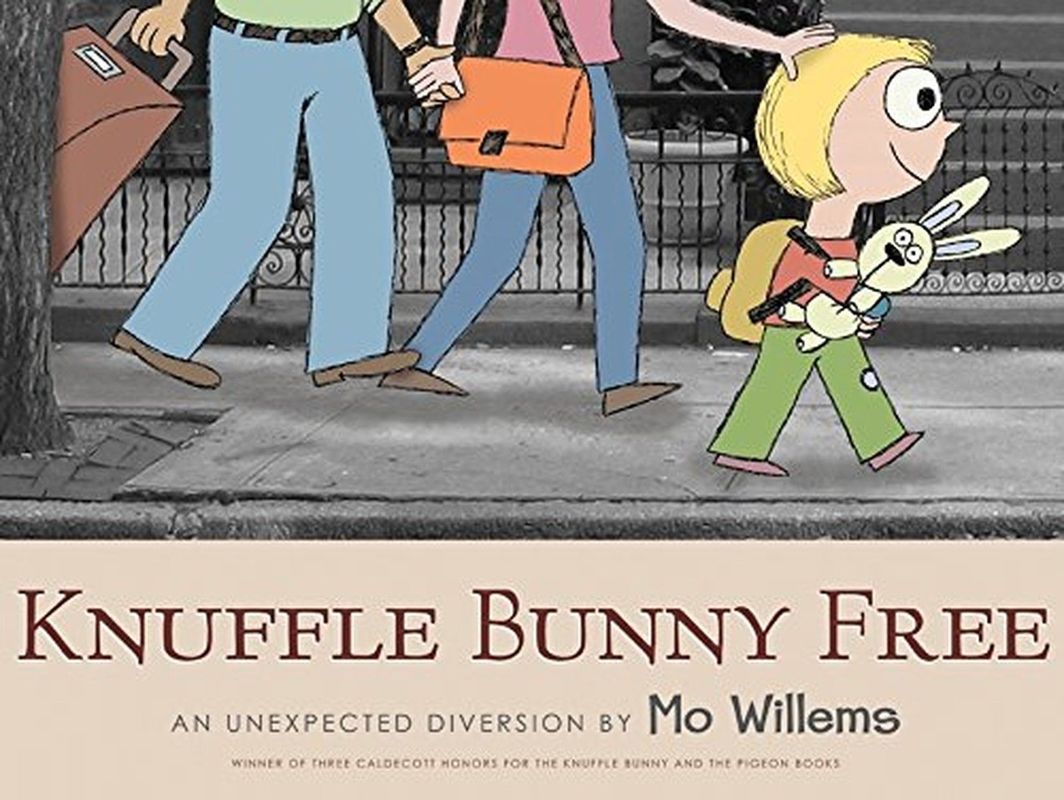
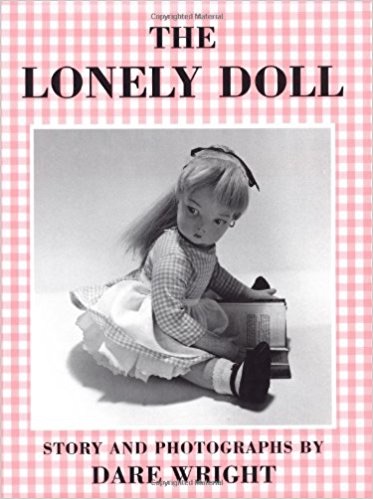
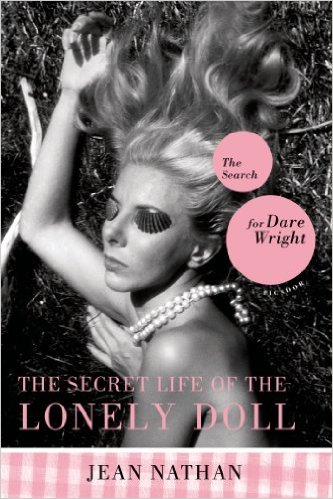
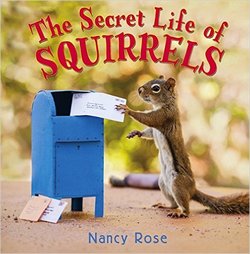
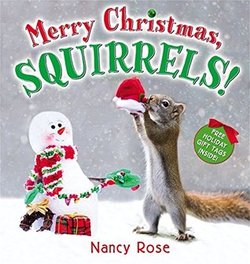

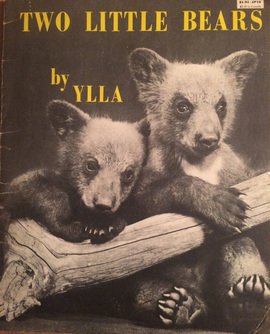
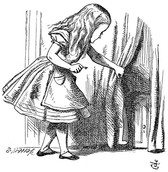
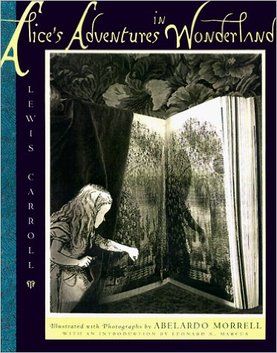
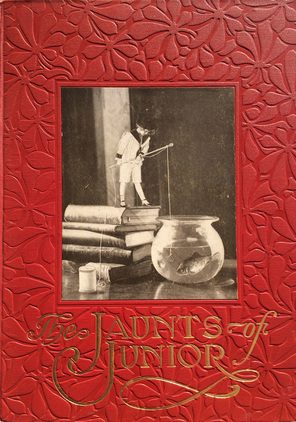
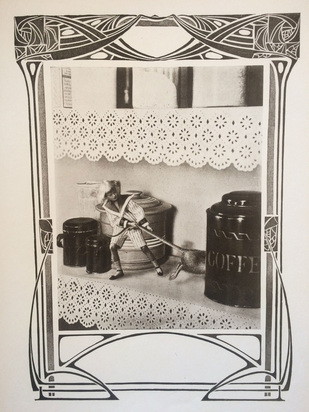
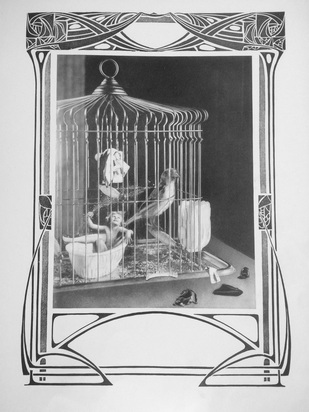
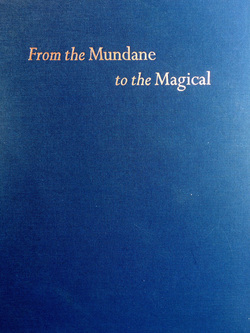
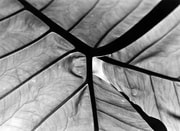
 RSS Feed
RSS Feed